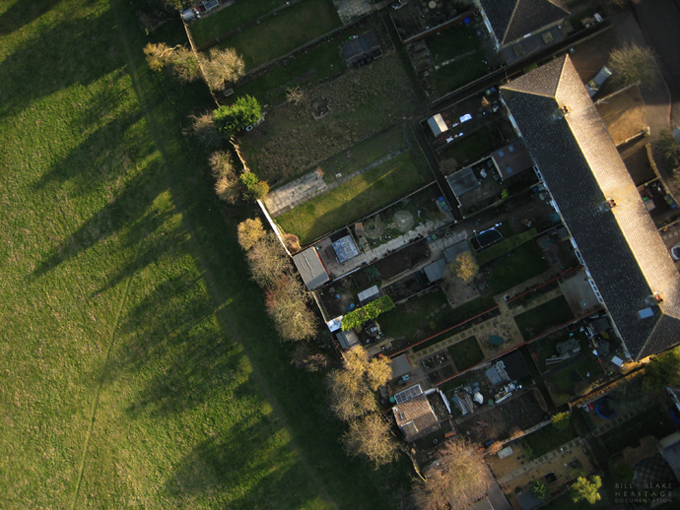KAP-weather
In general there are 2 key weather conditions required for KAP. Wind and Sun.
1. Wind for the kite (Bft 3-5) ldeally a nice steady even air flow will carry our camera where we desire! Too much wind is as disastrous as not enough, as strong winds are turbulent and unpredictable.
The wind on which our kite depends is a product of airflow caused by pressure and temperature differences in the ‘boundary layer’ of the atmosphere. Air flow in the boundary layer is rarely smooth as it is shaped by all manner of obstructions both natural and man made. A KAP kite flyer will get to know how the landscape shapes the wind and what it will do to a kite. There are landscapes which lend themselves to kite flying, such as low-lying coastal zones, wide estuaries and my own open fenland, and there are places where wind over hill sides can choke in valleys, and where tumbling vortices will down a kite without warning.
2. Sunlight for the camera: At fast shutter speeds, apertures of f8 or higher, good capture of contrast and texture can be achieved.
It is possible to get good results with high overcast skies, but the whole business of getting a good camera aloft is wasted if all you are going to capture is blurred, dull and muddy shots.
The direction of sunlight is important too. Flying the camera into the sun towards your subject tends to produce, at best, ‘challenging’ exposures, but having the sun at right angles to the wind direction is often very effective. Low sun is generally better than high, and photos from the air with strong overhead illumination seem to look flat and lifeless compared to those with a raking light.

“I look at trees, the waves in canals and smoke from chimneys to determine whether it’s KAPtime or not, wind-wise. 2 Bft and 3 Bft are my favourites, 4 is OK most of the times and from 5 Bft and up it depends on many factors if I fancy a session. 5 Bft and up are dirty winds most of the times, 2 and 3 are mild and clean and 4… something inbetween.” Ramon Palares.
“One thing I’ve noted over the years. When you are at home checking the wind, don’t wait for a “good wind” to KAP. If you do you will be flying in rough, sharp pulling, snatchy conditions. Most beginners tend to “wait for the right wind” and end up flying in much stronger conditions than is required to lift the gear. Learn to go out and fly in lighter winds, the whole process is a lot less stressful. Don’t wait until the branches are moving on the local trees, go when the leaves are just moving. Chances are there will be enough wind at your site.” Simon Harbord.